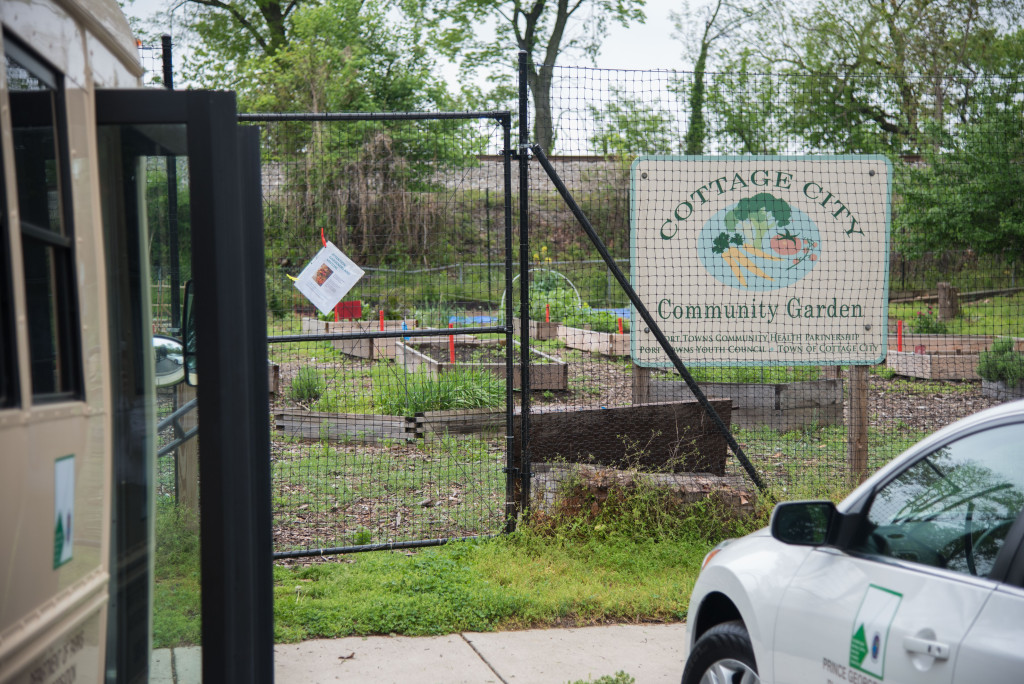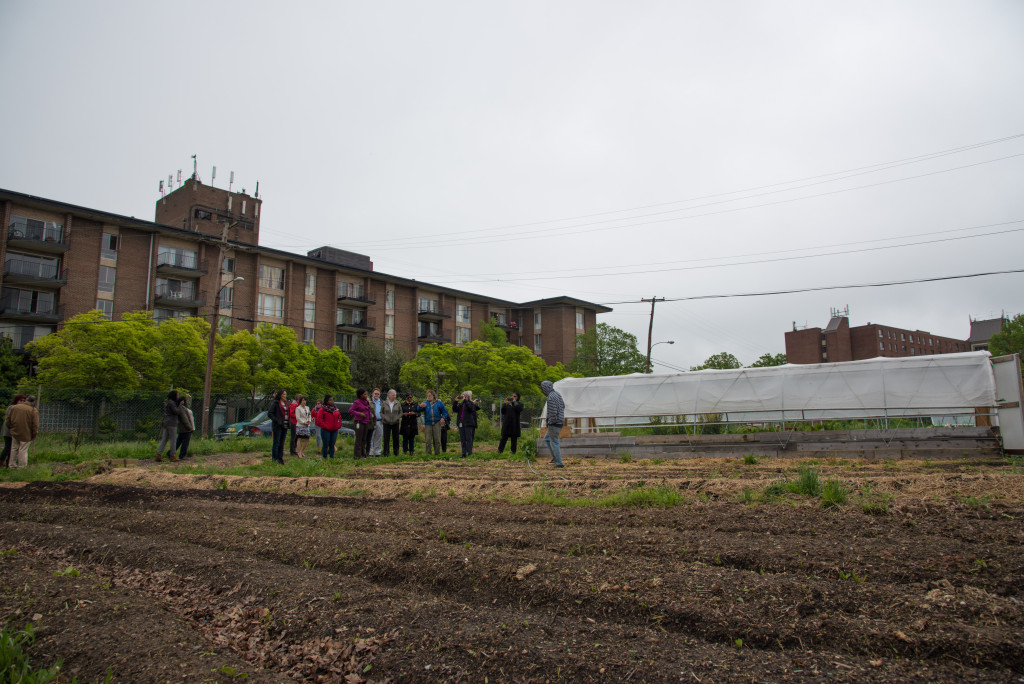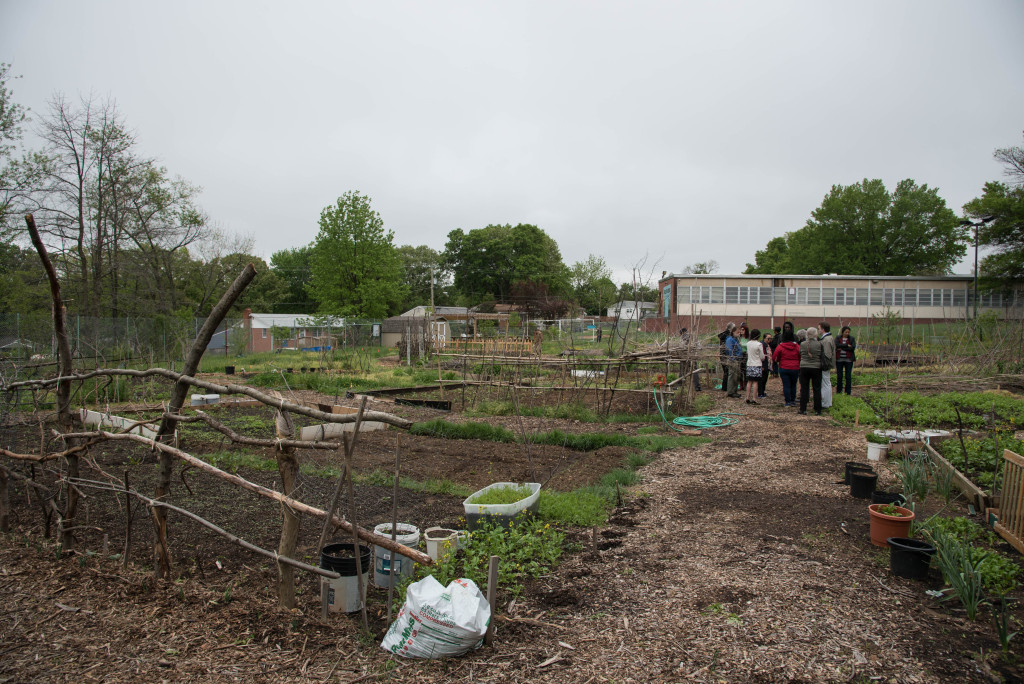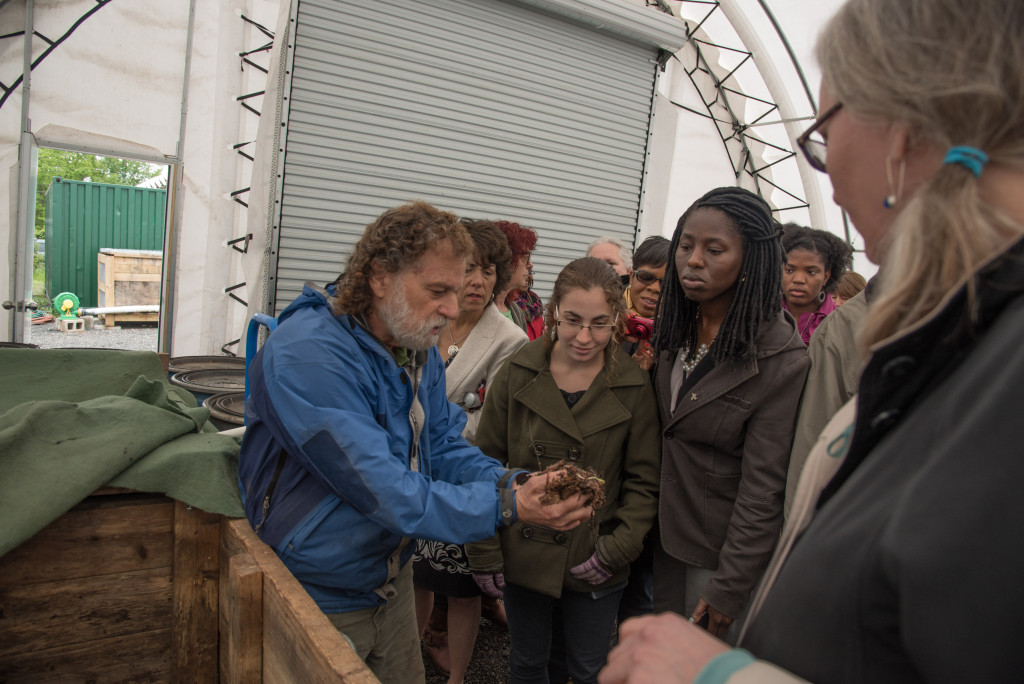Transitioning Prince George’s County to a New Zoning Code
While collaborating with the County’s zoning consultant team led by Clarion Associates during calendar year 2015, Planning Department staff identified several topics that would benefit from additional research and consideration prior to any decisions that would need to be made. In September 2015, the Planning, Zoning, and Economic Development Committee of the County Council requested additional information regarding the relationship of active County comprehensive plans and zoning to any future rezoning that would be necessary to implement a new Zoning Ordinance. This request was reiterated, along with additional requests, in November 2015 by the County Council, sitting as the District Council. Planning Department staff has prepared a detailed discussion paper that explores how the new zoning code will be implemented and what will happen to our current comprehensive plans when new zones are put in place. This document is crafted to start the community conversation about implementing the new zoning code. We encourage you to submit your feedback and comments..
Read the discussion paper – Transitioning Prince George’s County to a New Zoning Code





